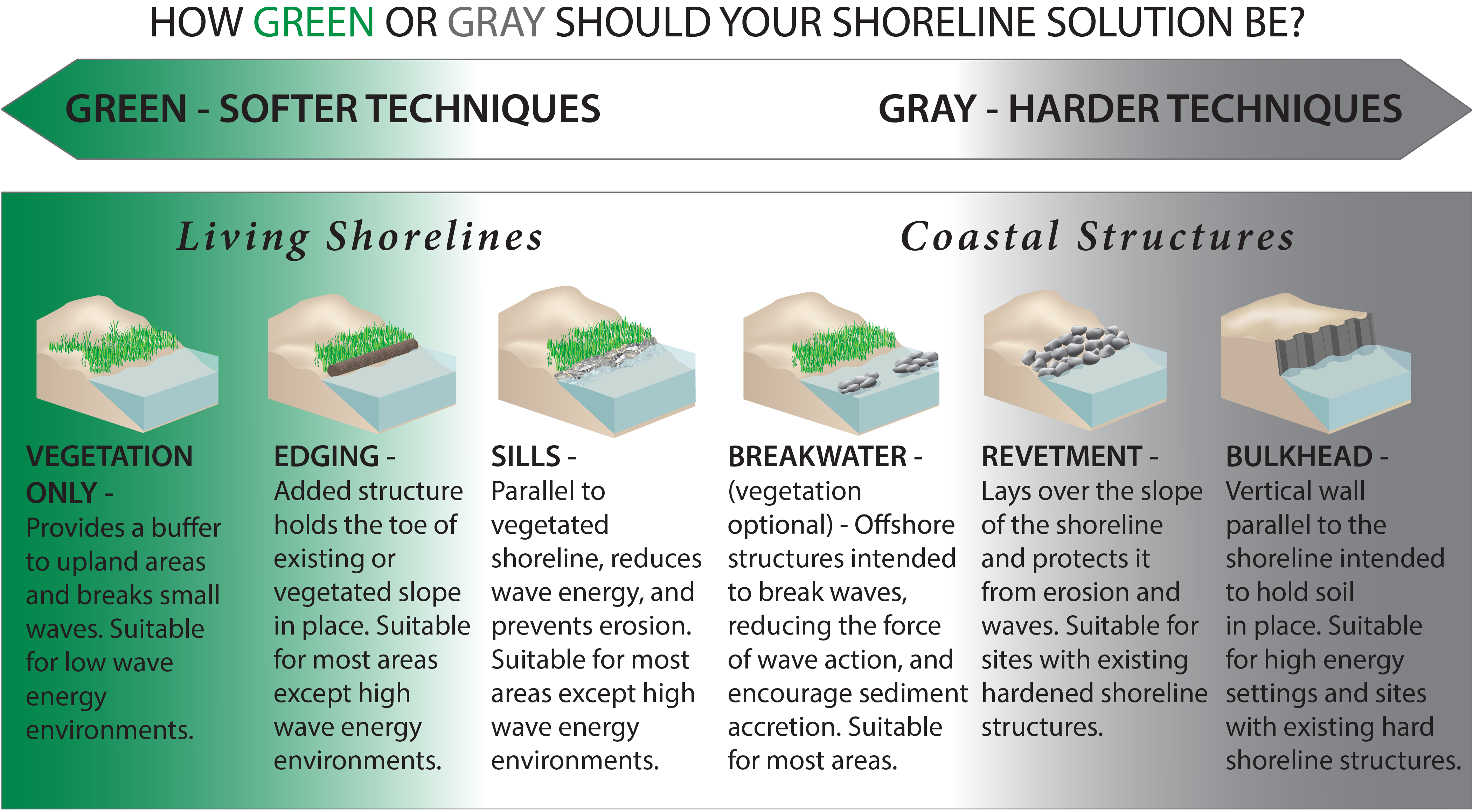A parking garage beneath a sand-covered dike. Porous sidewalks with dirt below to absorb water. Roofs covered in vegetation. An urban “bathtub” that doubles as a concert venue and holding tank for storm water.
These are a few of the examples of sustainable development that international resiliency expert Henk Ovink shared in a recent lecture co-sponsored by Tampa Bay Regional Planning Council. Planners, government officials, developers, students and the media gathered May 22 to hear the native of the Kingdom of the Netherlands, which has been dealing with flooding for centuries.
He applauded the establishment of the Tampa Bay Regional Resiliency Coalition, saying long-term planning is key to combatting natural disasters and sea level rise.
“We prepare to pick up the pieces after a storm’s impact. We should be preparing to not need to pick up the pieces,” said Ovink, who was brought in as a senior advisor to the U.S. government in rebuilding efforts after Hurricane Sandy.
The Tampa Bay Regional Resiliency Coalition plans to develop a regional resiliency action plan next year that will recommend best practices for local governments. It could include recommendations for innovations like the ones that have been successful in the Netherlands, New York or New Jersey.

